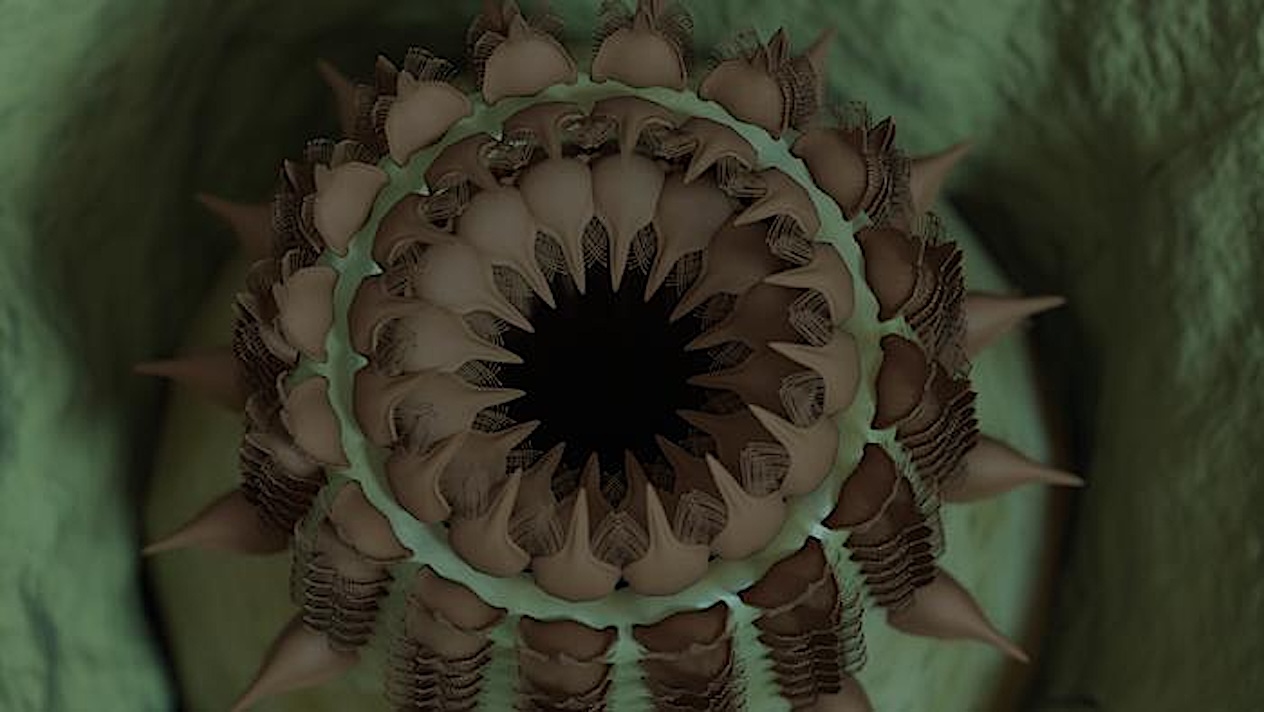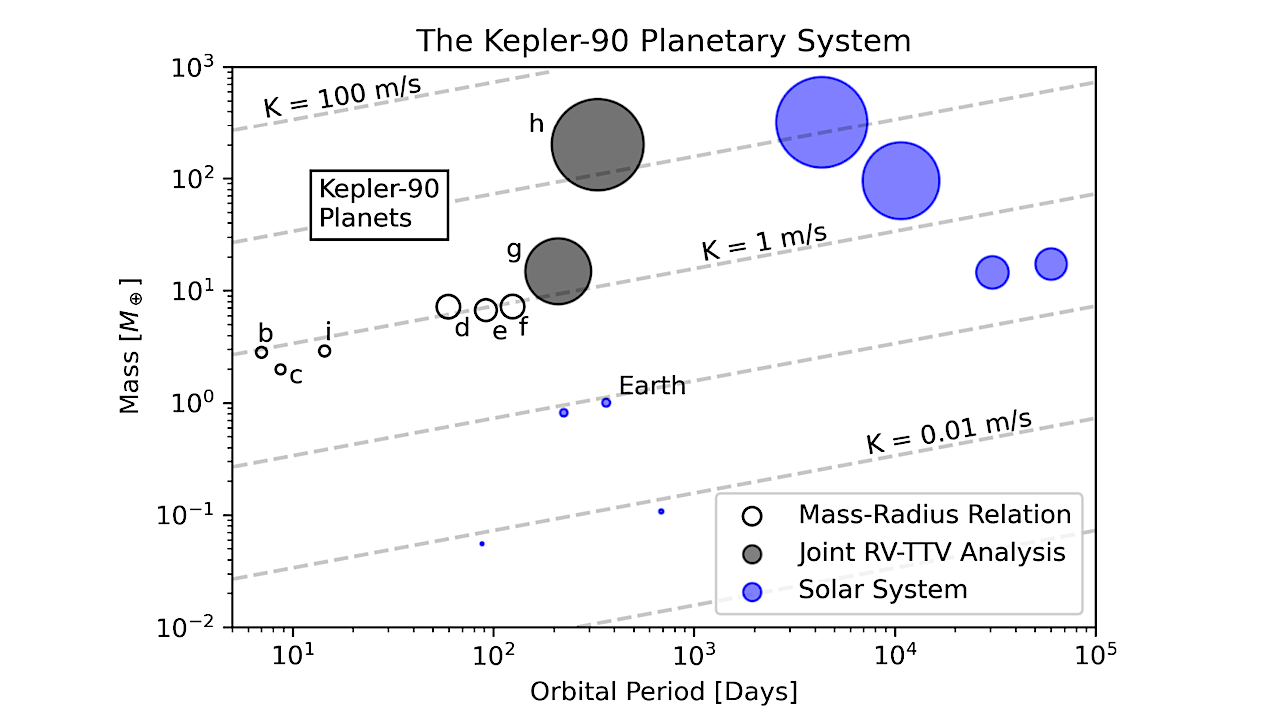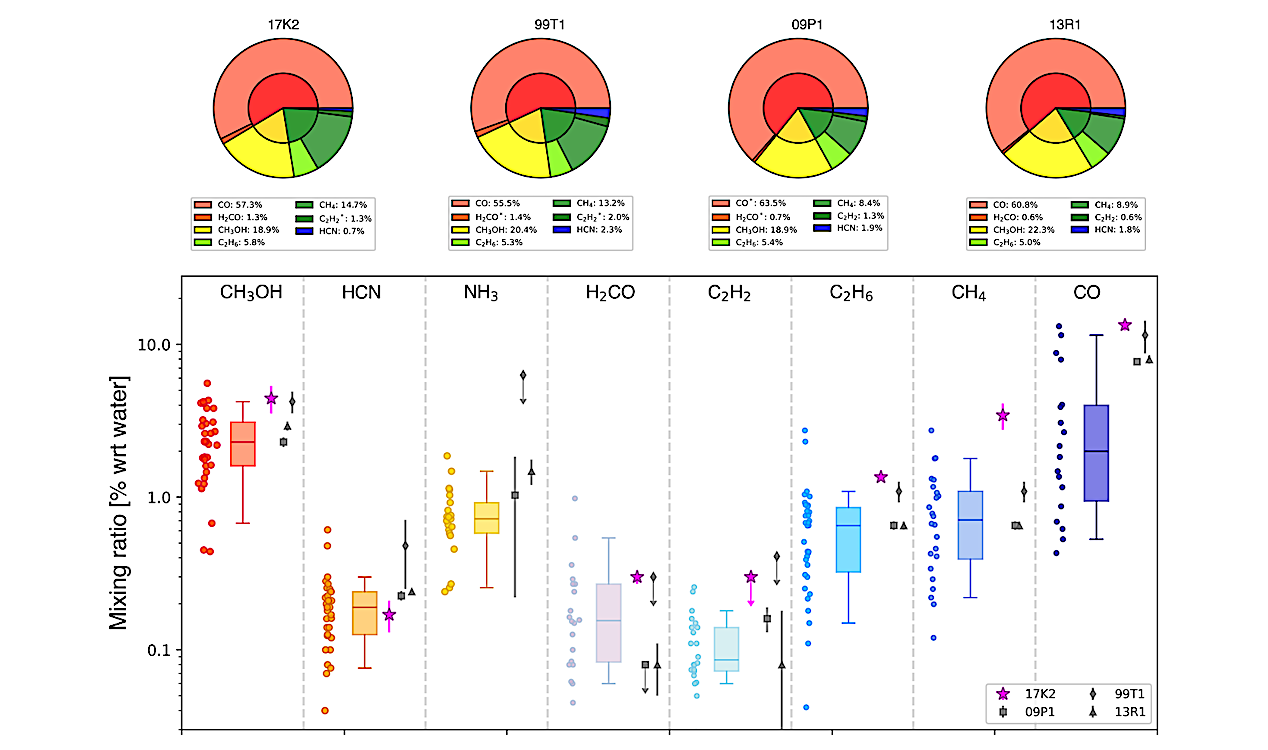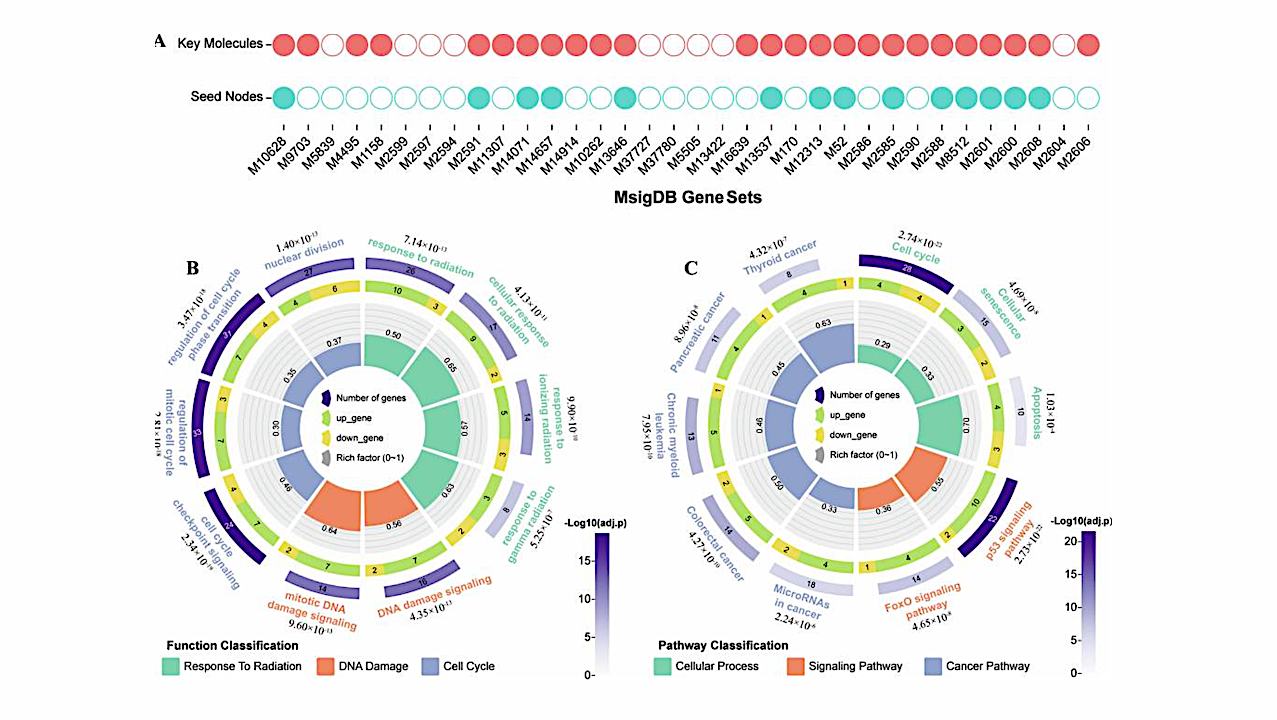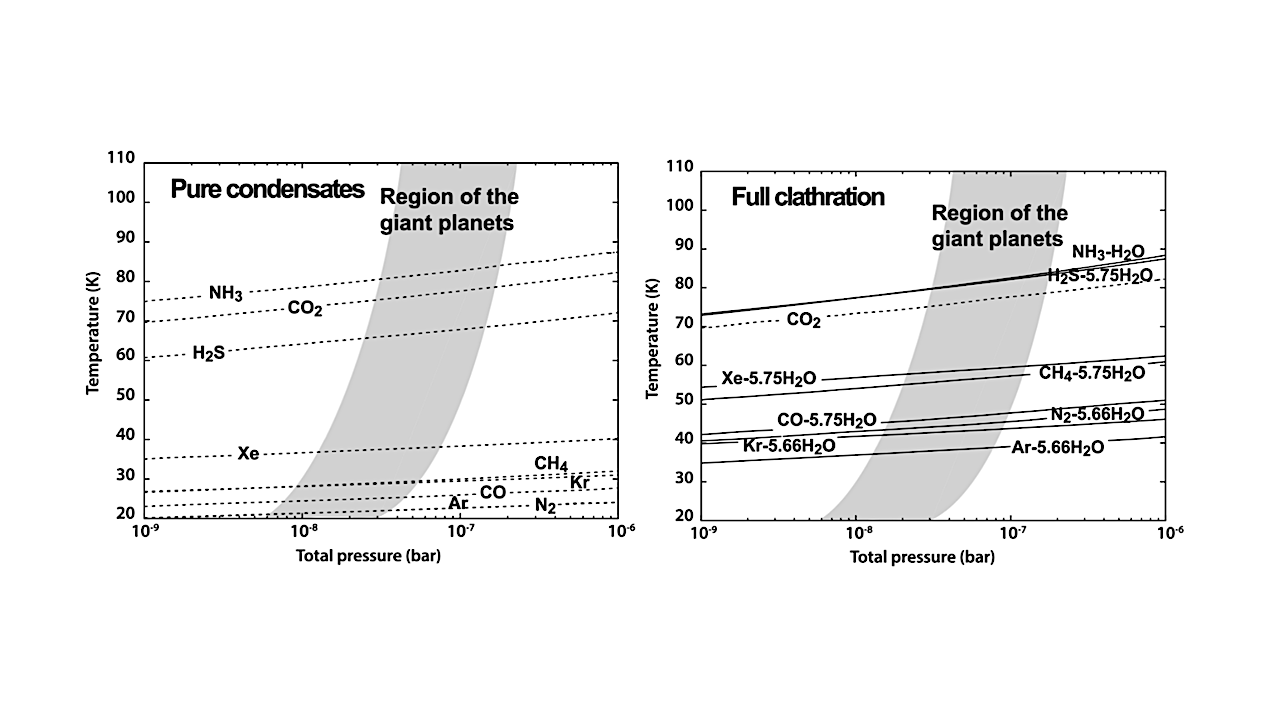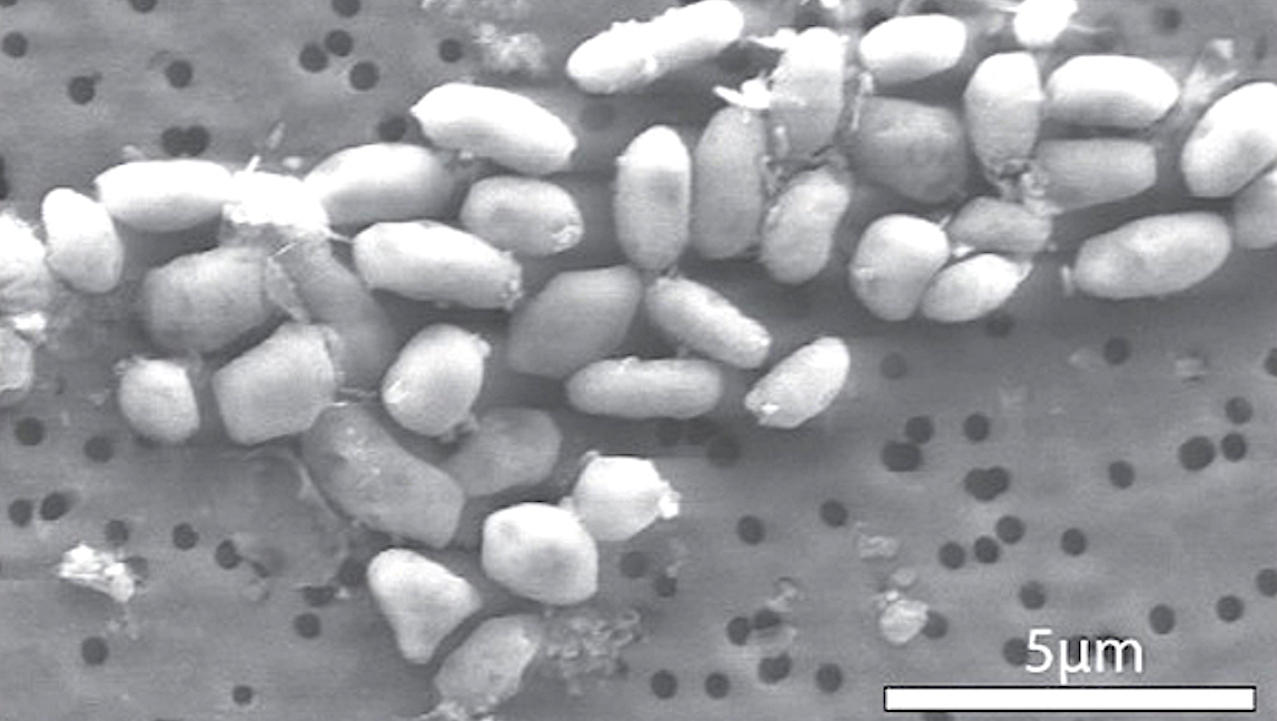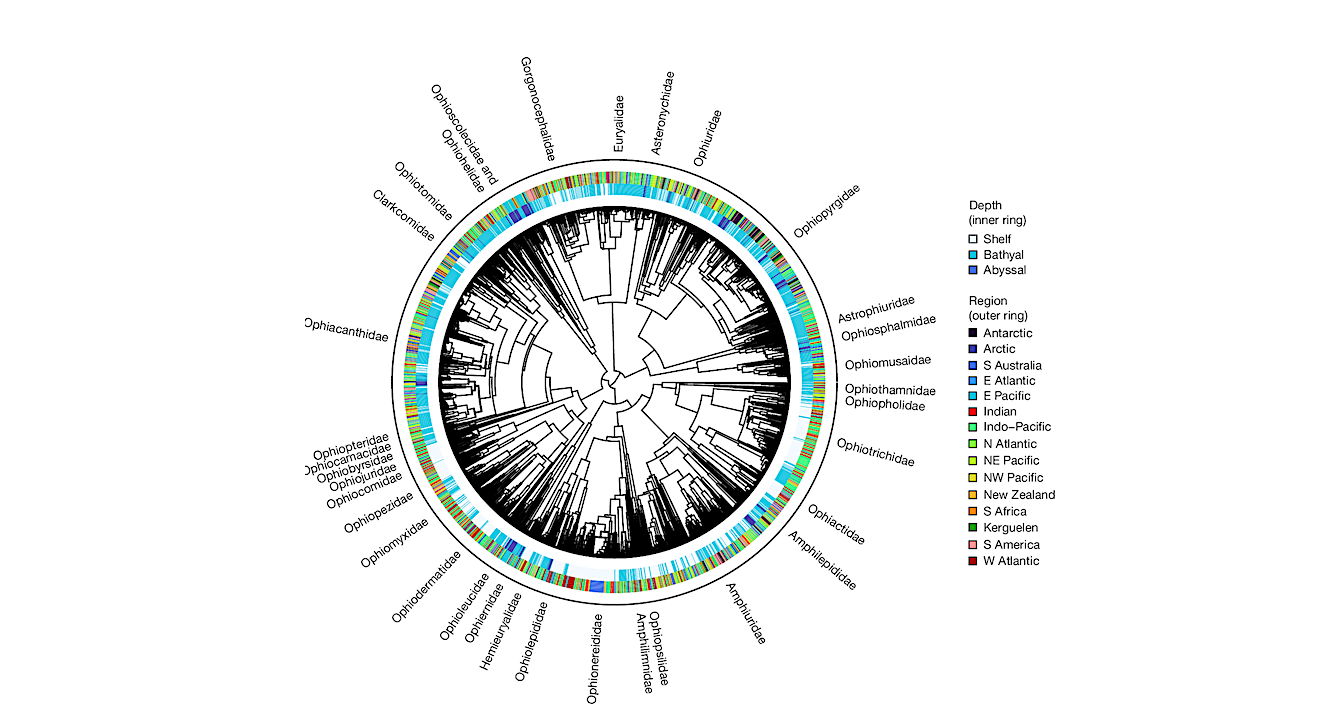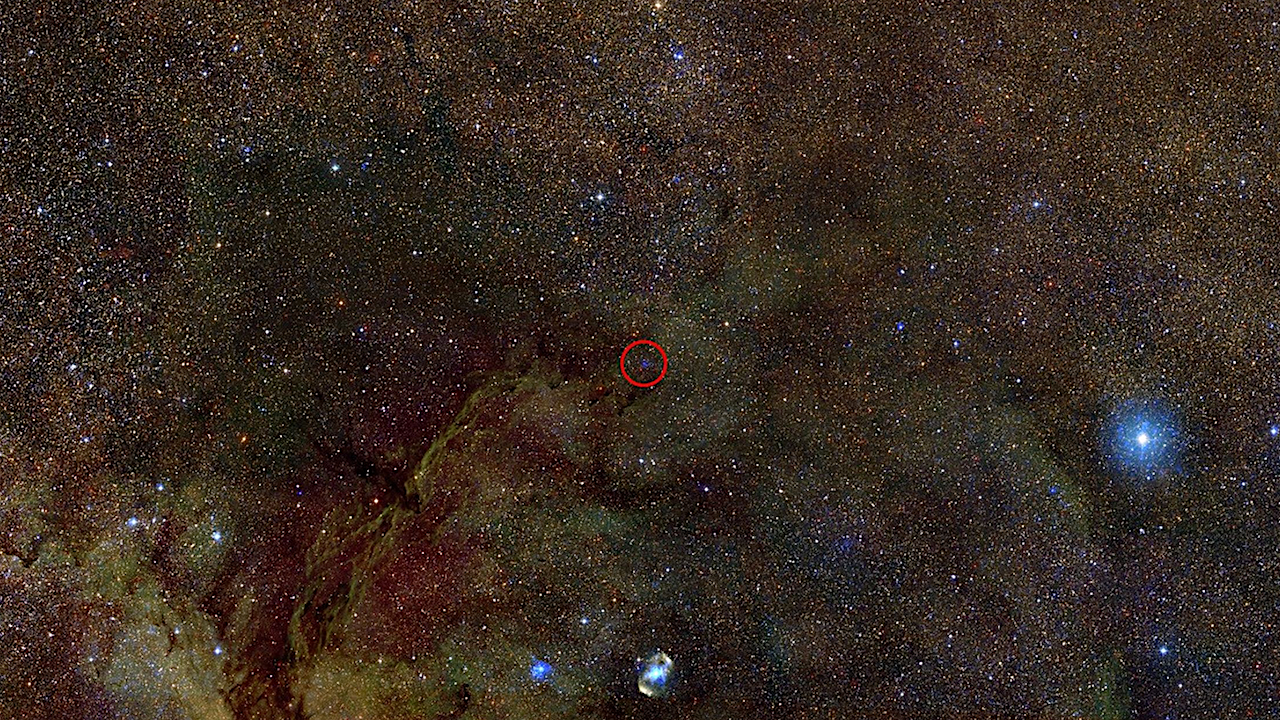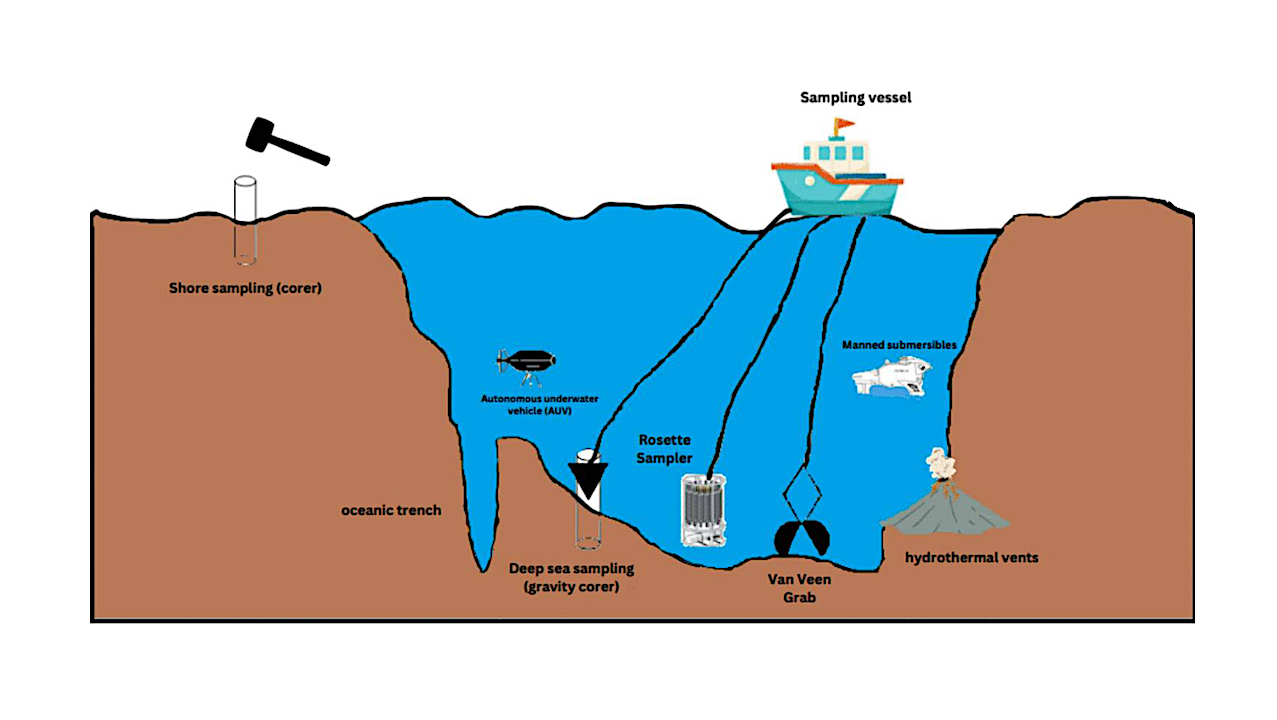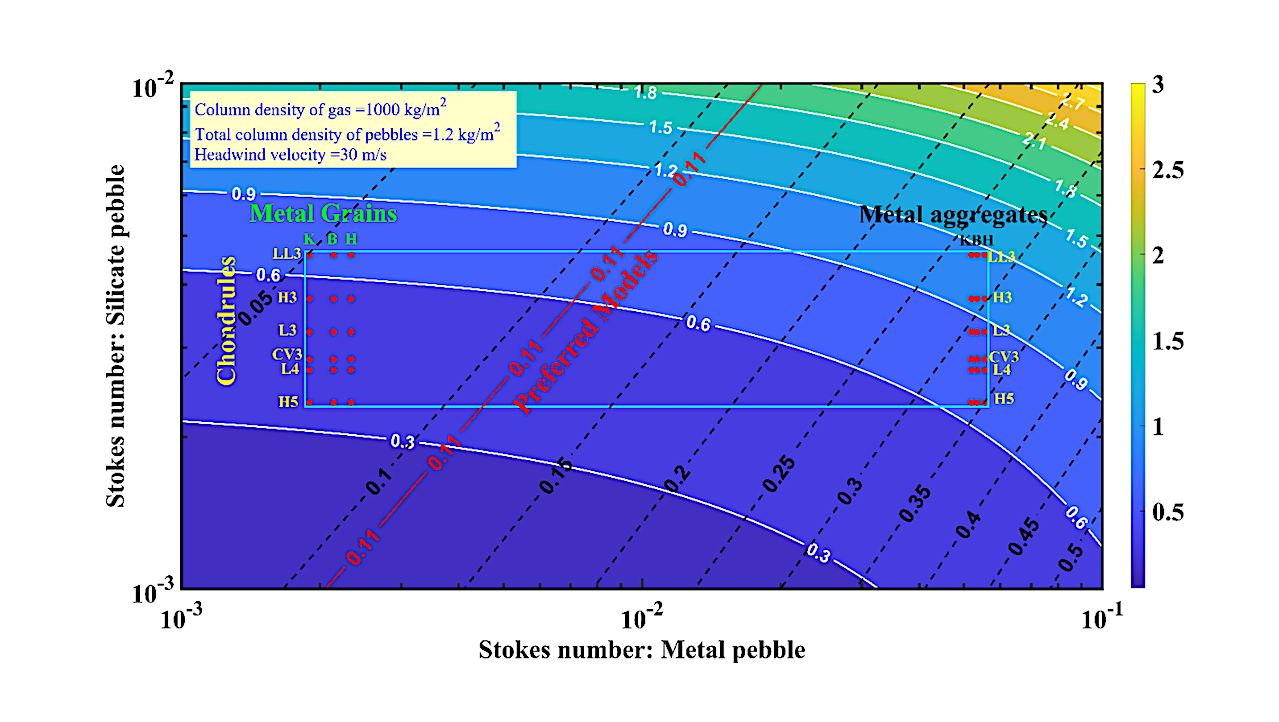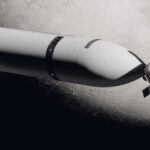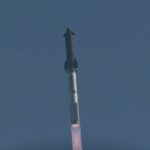A new species of priapulids, also known as penis or cactus worms, which were widespread during the Cambrian but are nearly extinct today. The Grand Canyon priapulid had hundreds of
Astrobiology62- Page
Comparison of the Kepler-90 system (gray) with our own solar system (blue). The size of each circle is proportional to the planet’s radius. Masses for the inner six Kepler-90 planets
Comparison of K2 with other comets. In the upper panel, the comet is compared with C/2009 P1, C/1999 T1, and C/2013 R1, which show the closest relative abundance proportions. In
A Bubble plot of enriched terms for the seed nodes (deferentially expressed genes) and radiation-related key molecules. Solid circles indicate significant (hypergeometric test p 0.05), while open circles indicate not significant.
Condensation curves serve as a tool for prediction building block composition as a function of conditions in the PSN. Here they are compared to the predicted cooling curve of the
GFAJ-1 grown on arsenic. — NASA Keith’s note: Science magazine is retracting a NASA paper they published 15 years ago – “A Bacterium That Can Grow by Using Arsenic Instead
Genomics Interrelatedness — Nature A world-first study led by Museums Victoria Research Institute has revealed that beneath the cold, dark, pressurised world of the deep sea, marine life is far
This composite shows a section of the interstellar medium scientists X-rayed for sulfur using the Japan-led XRISM (X-ray Imaging and Spectroscopy Mission). X-ray binary GX 340+0 is the inside the
Overview of oceanographic sampling procedures — Microbial Ecology via PubMed Microorganisms are essential players in Earth’s ecosystems, demonstrating remarkable adaptability to harsh conditions including arctic ice caps, deep-sea hydrothermal vents,
Final size of protoplanets after 2 My of Hill regime pebble accretion, for different Stokes numbers of silicate and metal pebbles. The plot shows protoplanet mass relative to Earth (white
-
 012024 in Review: Highlights from NASA in Silicon Valley
012024 in Review: Highlights from NASA in Silicon Valley -
 02Panasonic Leica Summilux DG 15mm f/1.7 ASPH review
02Panasonic Leica Summilux DG 15mm f/1.7 ASPH review -
 03How New NASA, India Earth Satellite NISAR Will See Earth
03How New NASA, India Earth Satellite NISAR Will See Earth -
 04And Thus Begins A New Year For Life On Earth
04And Thus Begins A New Year For Life On Earth -
 05Astronomy Activation Ambassadors: A New Era
05Astronomy Activation Ambassadors: A New Era -
06SpaceX launch surge helps set new global launch record in 2024
-
 07Space Force plans new ‘Futures Command’ amid pressure to speed up modernization
07Space Force plans new ‘Futures Command’ amid pressure to speed up modernization


